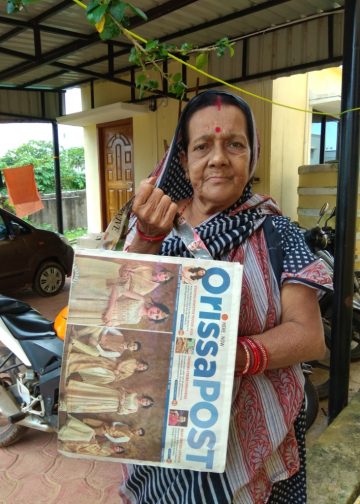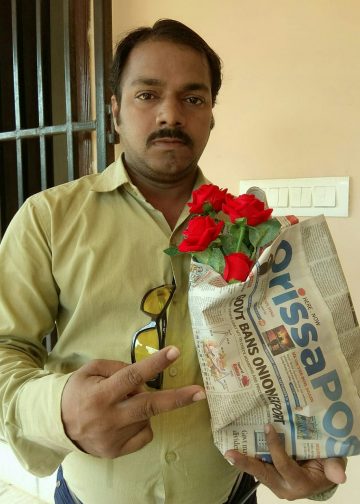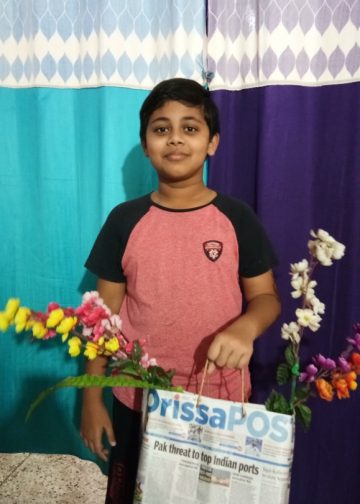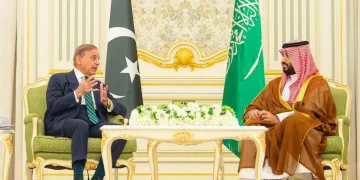By Ramadas Ray
It is a pleasure to the state of Orissa and its inhabitants to observe March 11 as ‘Bhasha Diwas’ (Language Day). After a long wait, Oriya has obtained classical status – the fifth in the country to do so — in February last year. It’s indeed a historic achievement.
India is a multilingual country. Language is a rich source of cultural diversity as well as unity. It contributes to collective identities and sometimes even to conflicts.
At present, 22 languages are recognised by the Indian Constitution and all major languages have regional and dialectical variations. For example, Hindi has Awadhi, Brij, Bhojpuri, etc. About 179 languages and 544 dialects are recognised in this country.
These languages and dialects are
basically divided into three linguistic families — Indo-Aryan, Dravidian and Mundari. Indo-Aryan languages include Sanskrit Hindi, Bengali, Oriya, Marathi, Gujarati, Punjabi, Urdu etc. The Dravidian family of languages includes Tamil, Telugu, Kannada and Malayalam.
The Mundari group of languages and
dialects are found among the tribal
communities.
Several linguistic and socio-linguistic features are shared across languages and bear witness to the fact that different languages and cultures have coexisted here for centuries and are enriching each other. Classical languages such as Latin, Arabic, Persian Tamil, Sanskrit and newly-incorporated Oriya are rich in their inflectional grammatical structure and aesthetic value and can illuminate the common life of the people.
Oriya has shown its identity with Sanskrit in the level of grammatical structures. In fact, Sanskrit has deeply influenced most languages in India. Linguistic separation has a strong emotional appeal.
Getting classical status for a language, dance, literature or philosophy is a matter of pride. But celebrations should not be confined to a particular day alone. It should be a continuous process.
The state government and the people of the state have to have a strategy in place to celebrate this status and further promote the language.
The primary aim of according classical status to a language is to promote multilingualism and national harmony. People have to imbibe the attitude to teach their mother tongue to their wards. Learning subjects through mother tongue up to elementary level is the best way forward – just as there is no real substitute to mother’s milk. Orissa is home to the Jagannath culture and Odissi dance. The grant of classical status to Oriya is a new jewel in Orissa’s crown.
Ramdas Ray, Regional Institute of Education Campus (NCERT) BHUBANESWAR






































